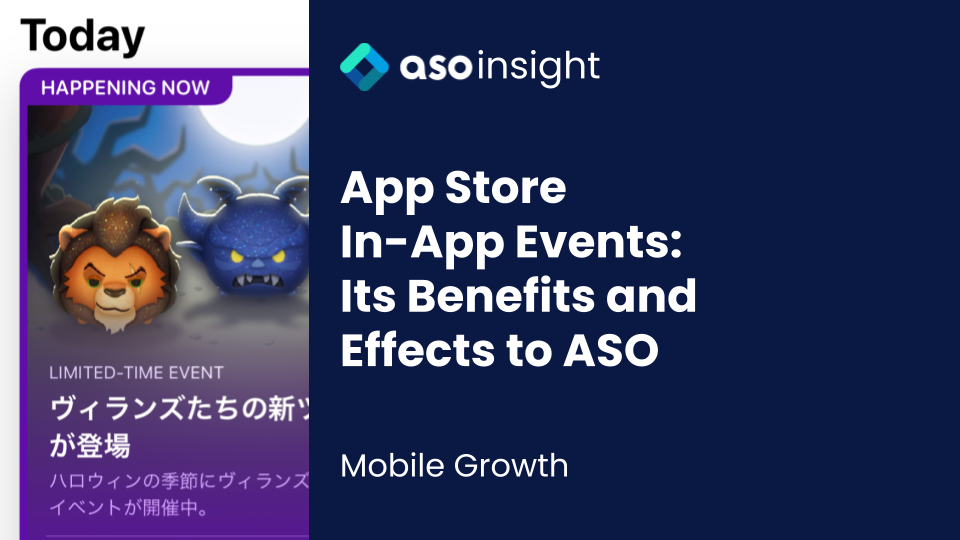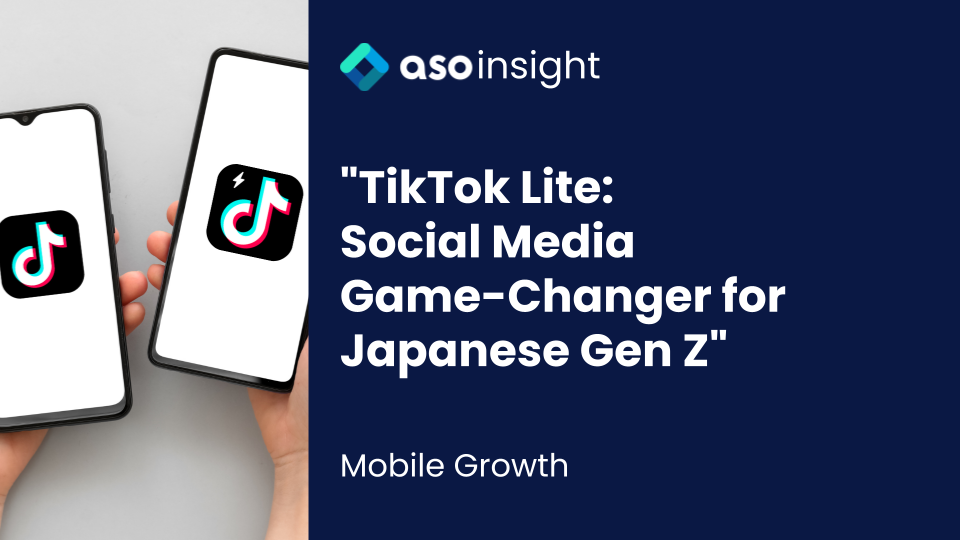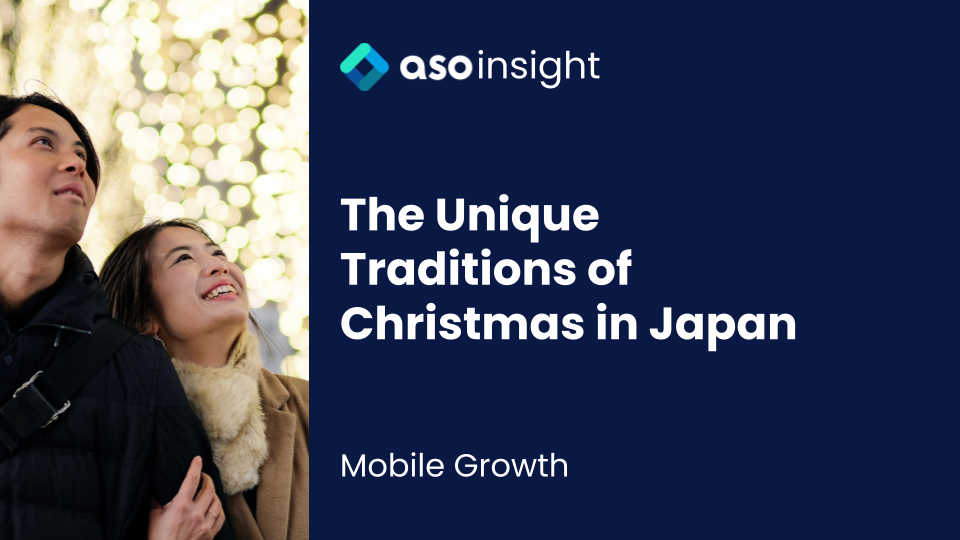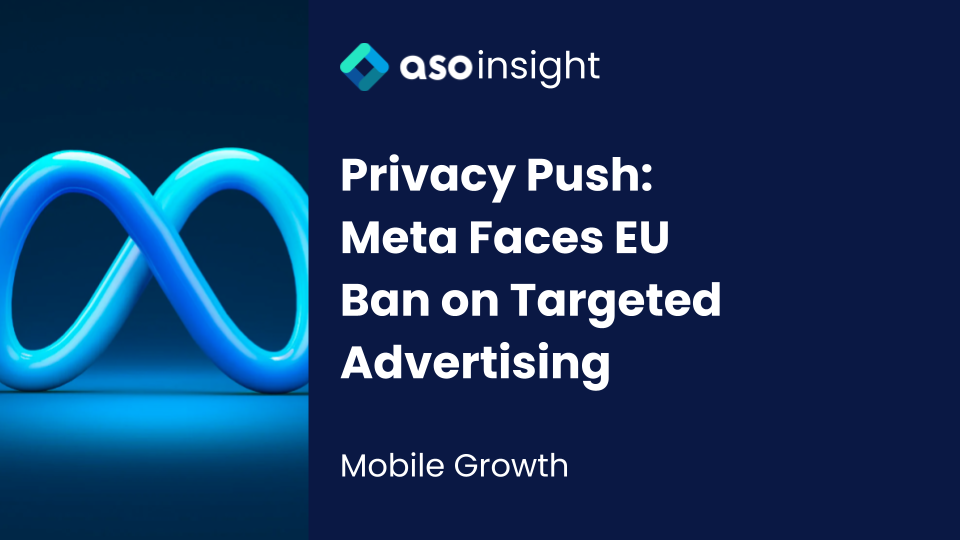Introduction
In today’s digital age, mobile apps have become an integral part of our lives. Whether it’s for entertainment, productivity, or communication, there’s an app for nearly everything. As app developers strive to capture and retain users’ attention, one innovative tool has emerged to help achieve that goal – in-app events. These timely events within apps and games offer a unique way to engage users, increase user retention, and expand your app’s reach. In this article, we’ll delve into the world of in-app events and how they can be harnessed to boost your app’s success on the App Store.
In-app events are timely events within apps and games. Examples of in-app events include game competitions, movie premieres, live streamed experiences, and more. Users can discover in-app events on the App Store on iOS and iPadOS. The two main purposes of In-App Events are to provide a new way to showcase events and expand their reach, and to help reach new users, inform current users, or reconnect with previous users.
Where do In-App Events appear on the App Store?

These in-app events are strategically placed throughout the App Store ecosystem, including:
- Product Page: All your currently published events are displayed on your app’s product page.
- Search Results: For users who have already downloaded your app, the event card appears alongside your app in search results. For potential users who haven’t installed your app yet, screenshots are displayed.
- Editorial Curation and Recommendations: In-app events can also be featured in editorially curated selections and personalized recommendations on the “Today,” “Games,” and “Apps” tabs.
In-App Events Guidelines
For writing effective metadata for your In-App Event, be sure to comply with App Stores guidelines.

Enter your events information following the character limits for event name, short description, long description, and event card and event details media.

Choose a badge that best fits the type of event you’re offering to display above the title on the event card and event details page.
As for setting event availability, the “Country or Region Availability” setting dictates where your in-app event will be visible. You have the flexibility to choose the specific date and time when your event will first become discoverable to users, as well as the date and time when the event will commence and conclude. The start date can be any future date, while the end date should fall within a maximum of 31 days from the start date. Furthermore, events must be at least 15 minutes in duration. You can concurrently have up to 5 events with overlapping start dates and times, regardless of whether they are in draft status or already approved. This offers some flexibility in planning your event schedule. The publish date is when your next event will become visible on the App Store and can be a maximum of 14 days in advance of the start date.
Benefits of Setting In-App Events
Integrating in-app events into your app strategy offers a host of advantages. Firstly, these events provide a platform for you to effectively promote your app through various marketing channels, including email, advertising, and social media. This not only creates additional awareness but also fosters user engagement by offering exciting and time-sensitive content.
Moreover, in-app events can significantly increase your app’s chances of being featured on the App Store. While this recognition isn’t guaranteed, the App Store often highlights apps with unique features like in-app events, which can lead to increased visibility and downloads, ultimately propelling your app to a broader audience and greater success in the highly competitive app ecosystem.
In Relation to ASO
Incorporating In-App Events to your apps is highly beneficial to your ASO. Firstly, you can have an easily manageable additional “first screenshot” or first creative that searchers could see. You can add the seasonal issue to the creatives into the in-app event, rather than having to change the whole screenshot set. You can also create event pages for specific regions or countries. Good to take note as well that one app can have an app to 5 event pages. Additionally, this also aims to retarget users organically as the event card appears to the users who have downloaded your app. There’s also a big chance to enlarge the total number of downloads as users can search for events on the App Store.
Conclusion
In summary, integrating In-App Events into your ASO strategy offers a comprehensive approach, combining creative optimization, user retention, and discoverability to maximize the success of your app in the competitive app marketplace. It is a significant element for a successful ASO and app growth marketing.






